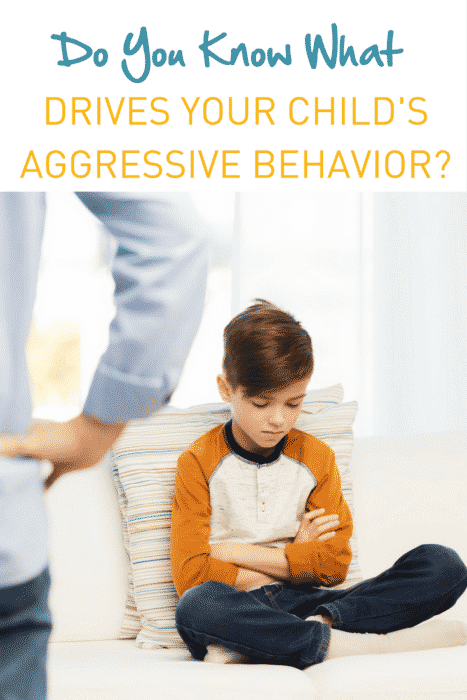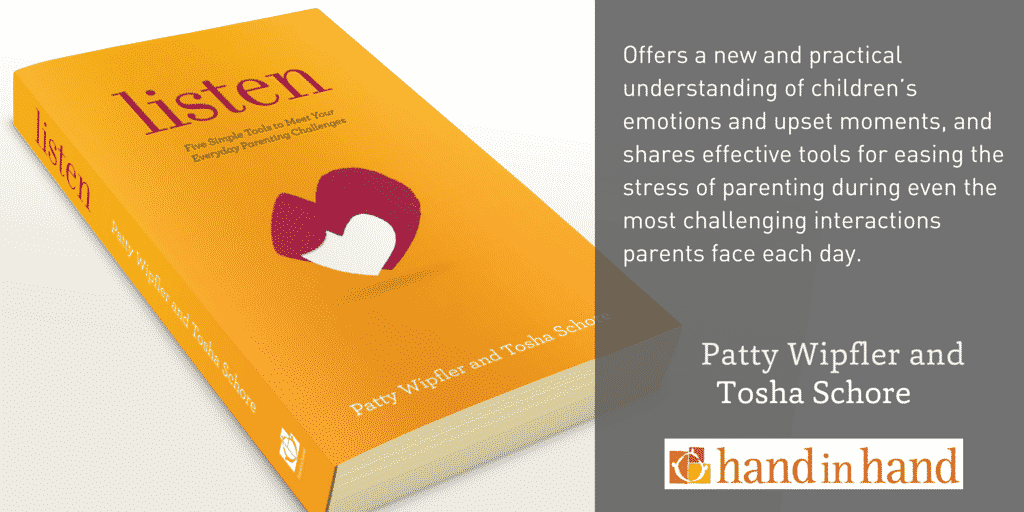![]() “My daughter, who is seven, always wanted to sleep in my bed. She went through a period of crying every night about sleeping alone. I listened to her cry each time, hoping it was doing some good, but I saw little relief or change.
“My daughter, who is seven, always wanted to sleep in my bed. She went through a period of crying every night about sleeping alone. I listened to her cry each time, hoping it was doing some good, but I saw little relief or change.
 “One night, however, she became very mad and started trying to punch and kick me. I had just watched a Hand in Hand video on working with aggression, so I felt clearer about what to do. I met her aggression with warmth, kissing her hands when she punched, deflecting her kicks, and letting her know that I saw how upset she was.
“One night, however, she became very mad and started trying to punch and kick me. I had just watched a Hand in Hand video on working with aggression, so I felt clearer about what to do. I met her aggression with warmth, kissing her hands when she punched, deflecting her kicks, and letting her know that I saw how upset she was.
Helping A Child Who Is Acting Aggressive
“After a long, vigorous protest, she relaxed, lay on the bed, and told me about something that happened during gym that day. They had played a game with a big parachute silk, which she had never done before. It was familiar to all the other children at her new school, but she was confused about what to do, and felt scared when she found herself covered by the parachute. She said everyone loved the game, but she hated it.
“She seemed to want to kick some more, so I held up a pillow and encouraged her to pretend it was the parachute and to kick it. She did, and she loved kicking it! She then got up to punch it down with a karate chop again and again. Then she threw it back over her head and down the hall repeatedly, calling it a “Stupid, f___ f___ pillow.” “F___” is a word she has been fascinated with—it holds a lot of power for her.
I felt like this aggression would go on forever, but I let her keep going because she seemed to be getting so much out of it.
“After a while longer, I realized that it was late for a school night bedtime, and I suggested she could continue another time. She seemed satisfied with that and went to bed without crying.
Sleeping alone still holds some fear for her, but since that night, she hasn't cried once at bedtime. The difference before and after that night is remarkable! I was surprised and happy that one Staylistening time had such a big impact.”
HOW IT WORKED
 Sometimes our children beg to sleep with us, but we choose not to let them. Perhaps we don’t get a good night’s sleep when they’re in our bed, or we recognize our own need for some time apart from our children to refuel. Maybe we’ve recognized that their fears around sleeping by themselves might be holding them back in other areas of their life, and we want to help them.
Sometimes our children beg to sleep with us, but we choose not to let them. Perhaps we don’t get a good night’s sleep when they’re in our bed, or we recognize our own need for some time apart from our children to refuel. Maybe we’ve recognized that their fears around sleeping by themselves might be holding them back in other areas of their life, and we want to help them.
We heed their call for connection but acknowledge our own needs as well.
This mom set a limit: her daughter needed to sleep in her own bed. Rather than reacting to her daughter’s aggression with anger, she recognized her fear and moved to connect with her. By responding to her daughter’s kicks with love and compassion, she sent the message, “I love you no matter what!”
That was just what her girl needed, and she felt safe enough to say what was really bothering her.
The mother then used that incident as an inroad and helped her child work on releasing the hurt. Her daughter kicked and punched and swore at a pillow. This “freedom of the mouth,” as we like to call it, is something we recommend parents adopt during Staylistening sessions.
Contrary to what you might think, we have not seen foul language slip into these children’s daily lexicons. This mom was creative in directing her daughter’s anger and protest, giving her a way to feel powerful instead of frightened, and a way to offload enough upset that she could relax that evening and for many nights to come. However, a parent who can’t abide their child’s chosen words could encourage their child to throw their intensity into some other word, like “rutabaga!” or “fruitloop!”
The permission to be angry is the healing factor; the exact words used are less important.
This post is an excerpt from the book Listen: Five Simple Tools to Meet Your Everyday Parenting Challenges by Patty Wipfler. The book has 100s of examples just like this from parents using Hand in Hand's tools. To read more from the book, download this free chapter on Special Time and learn how 10 minutes one-on-one time a day with your child can bring calm to your parenting and connection to your child.
